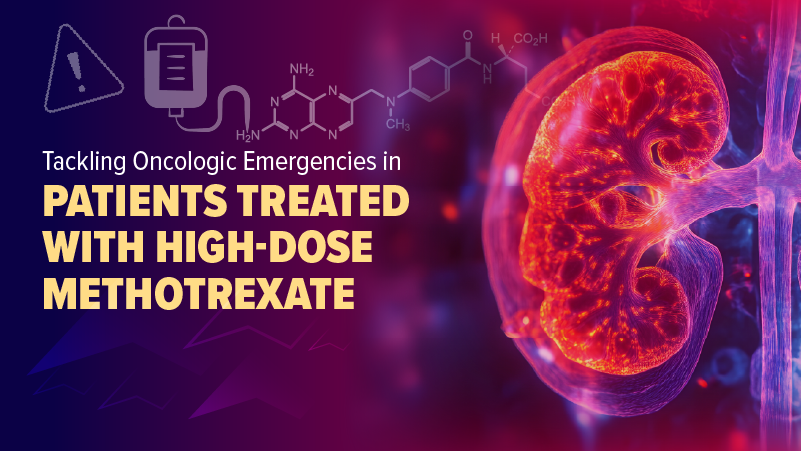
BARCELONA, Spain-Final results of a large international phase III trial confirm the benefit of adjuvant chemotherapy after complete resection in patients with early-stage non-small-cell lung cancer (NSCLC). Rafael Rosell, MD, of Catalan Institute of Oncology, Badalona, Spain, presented the results of the trial, known as ANITA (Adjuvant Navelbine International Trialist Association), at a plenary session of the 11th World Conference on Lung Cancer. Earlier this year, Jean-Yves Douillard, MD, PhD, head, Division of Medical Oncology, Rene Gauducheau Cancer Center, Saint-Herblain, France, reported the study findings at the American Society of Clinical Oncology 41st Annual Meeting .











































































